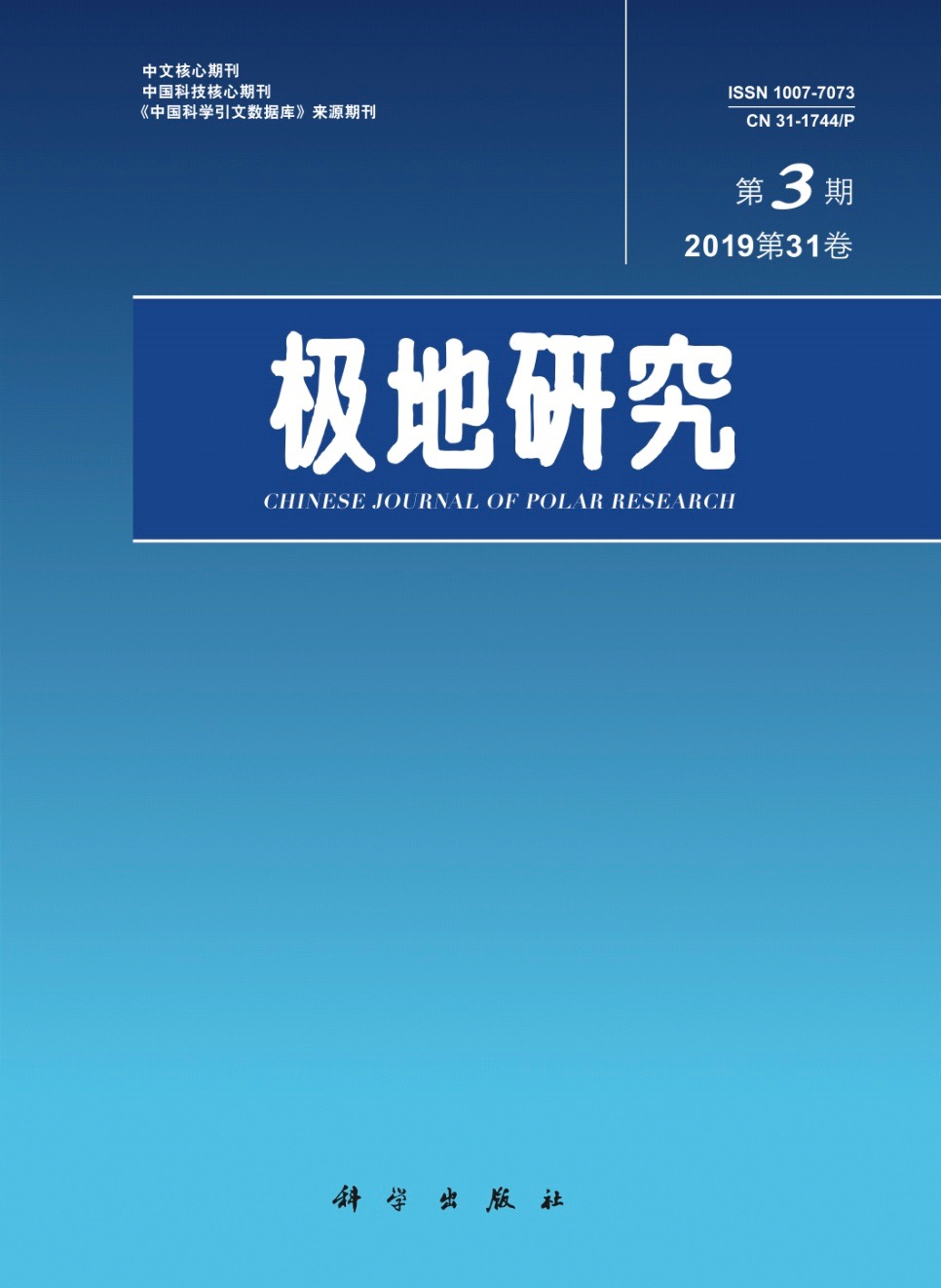|
|
A review on the Arctic research using CiteSpace
Wang Li, Yang Linsheng, Huang Jixia, Jinmei Lu
2019, 31 (3):
346-363.
DOI: 10.13679/j.jdyj.20180049
Based on the core collection database of the Web of Science (2001–2017), this study used CiteSpace to review Chinese and international research on the Arctic and to elucidate active research trends and patterns of collaboration. In China, Arctic research has transitioned from its original focus on Arctic climate change and sea ice studies, to concerns related to Arctic shipping and, more recently, to Arctic strategy and/or governance. Internationally, research publications related to the Arctic have experienced three periods of significant increase: 1990, 2000 and 2005, dominated by the arctic countries, Germany, the United Kingdom and France. Most collaborations on Arctic research are domestic, although international institutional collaborations have occurred in recent years, exemplified by the Helmholtz Centre for Polar and Marine Research (Germany), The Arctic University of Norway (Norway), Aarhus University (Denmark) and the Korea Polar Research Institute (South Korea). Hot keywords include “Arctic Ocean,” “climate,” “Arctic temperature,” “variability,” “sea ice” and “model,” indicating the hot research topics are climate change, sea ice, and Arctic oscillation related. Arctic shipping has dominated recent related publications in China. A comparative systematic review of Chinese and international studies on the economic benefits of Arctic shipping revealed that sea ice is the main factor constraining Arctic shipping. In general, Chinese researchers are optimism in terms of economic benefits, international researchers are more pro-dialectic. Chinese studies tend to focus on technical issues, management, human resources, energy consumption, time consumption and navigation, whereas international research additionally considers aspects such as trade demand, willingness for shipping (risks) and climatic impacts.
References |
Related Articles |
Metrics
|

